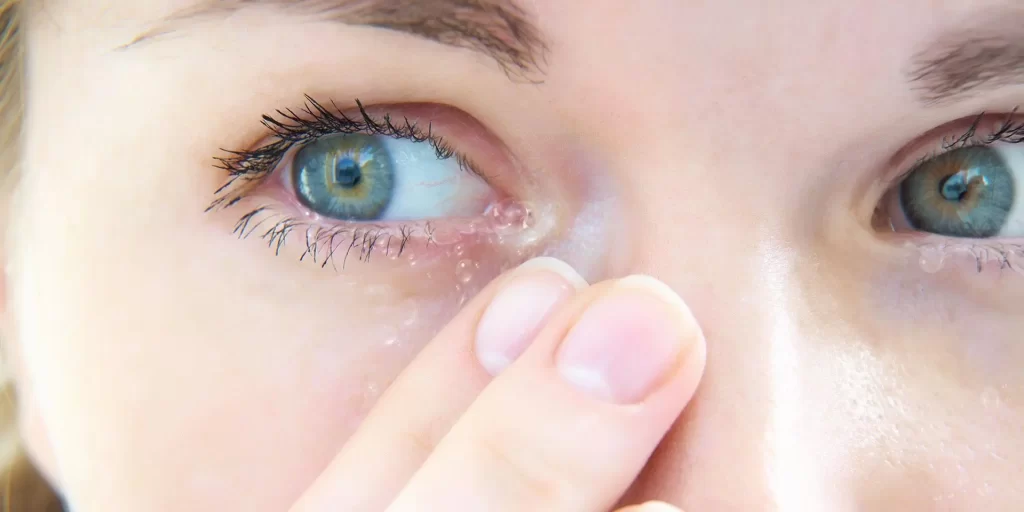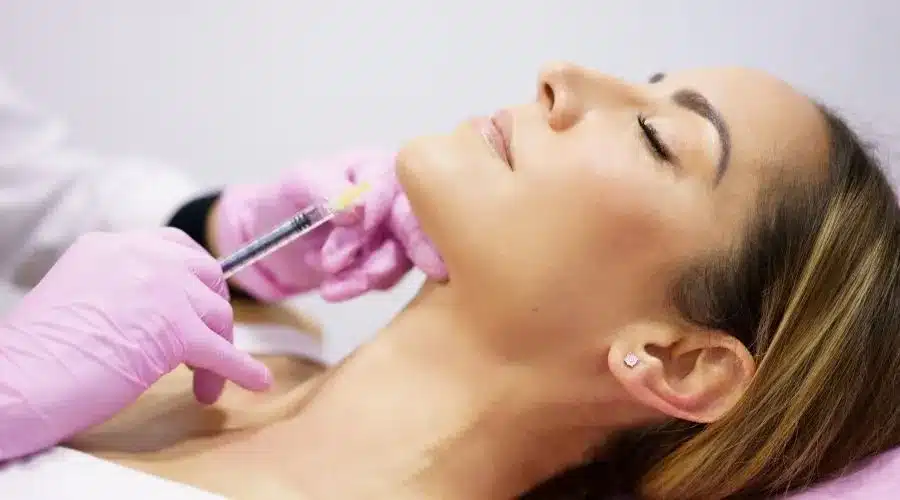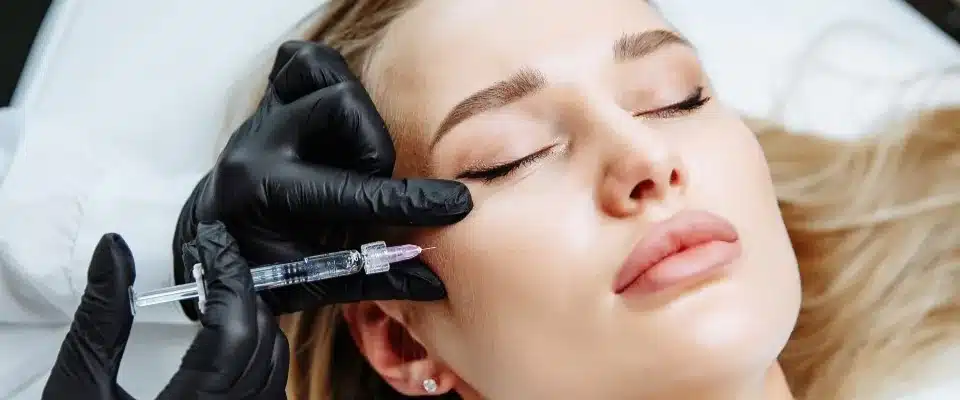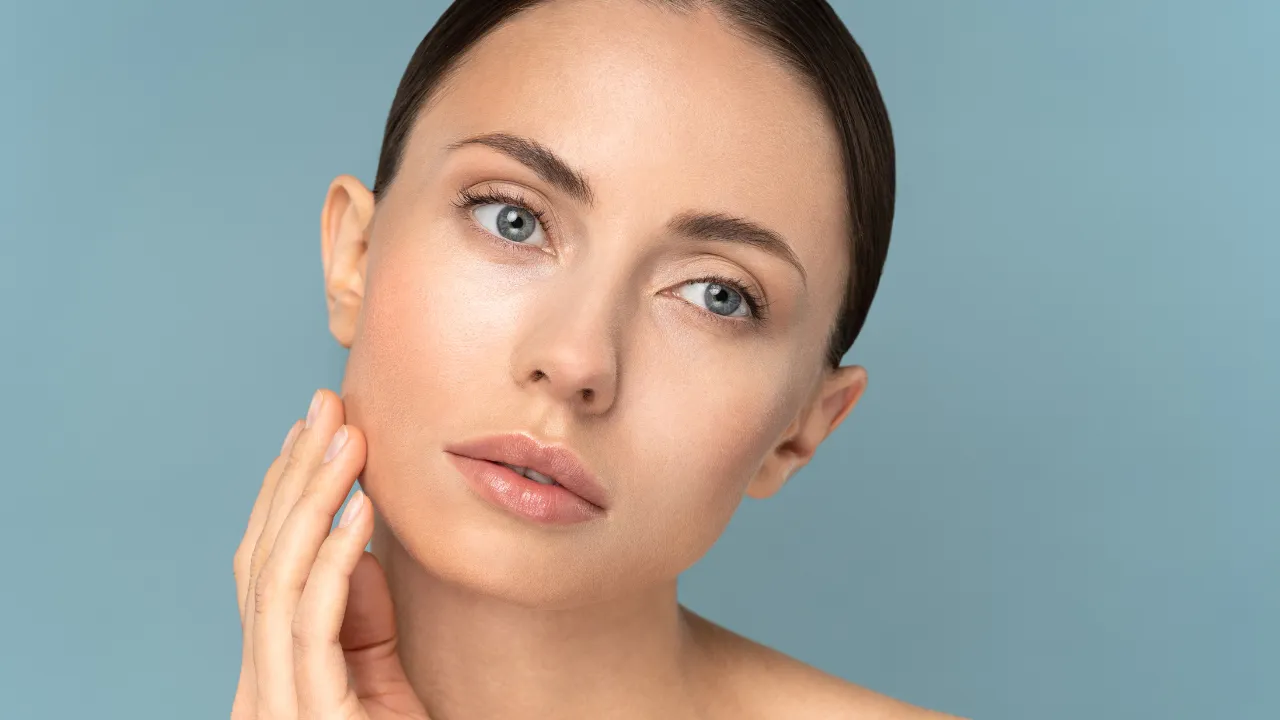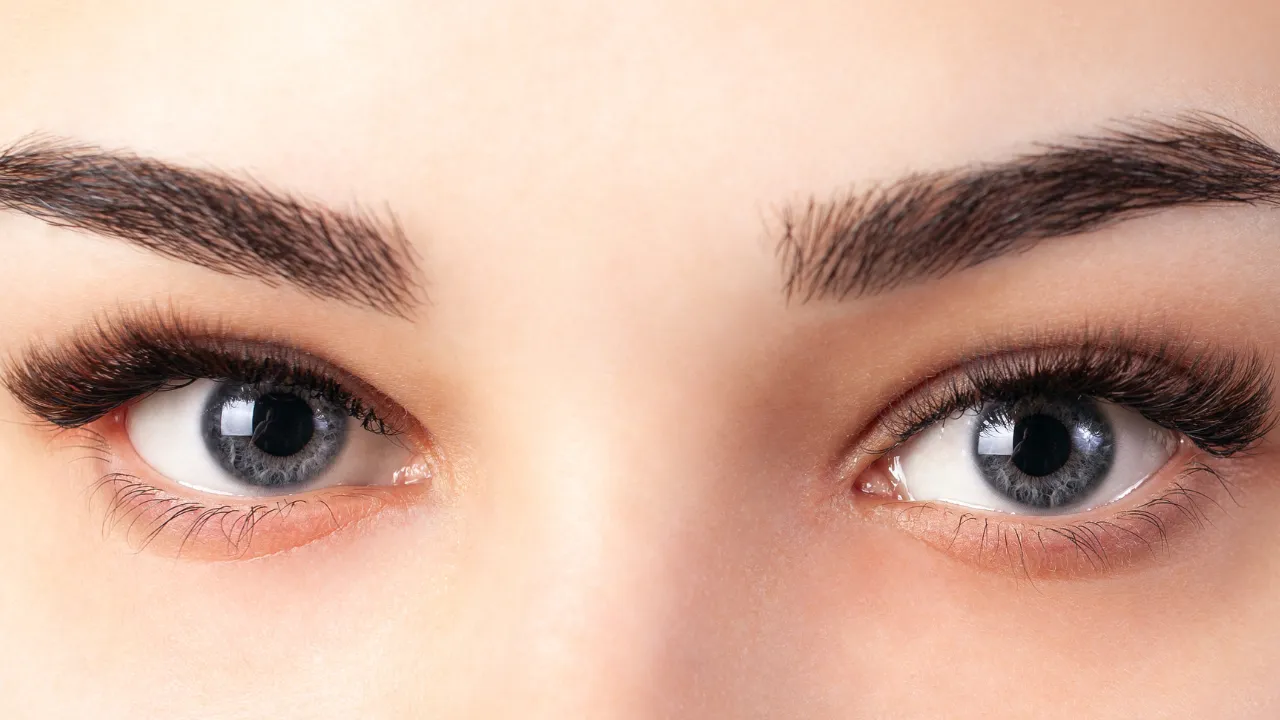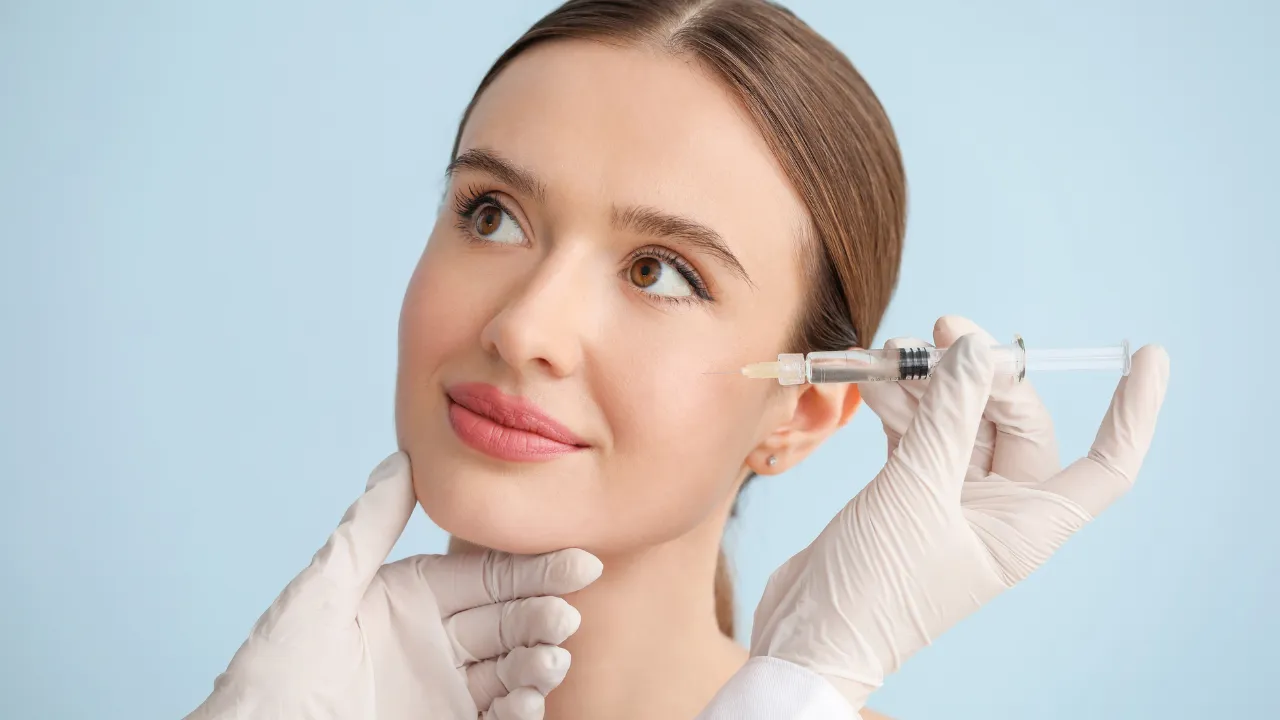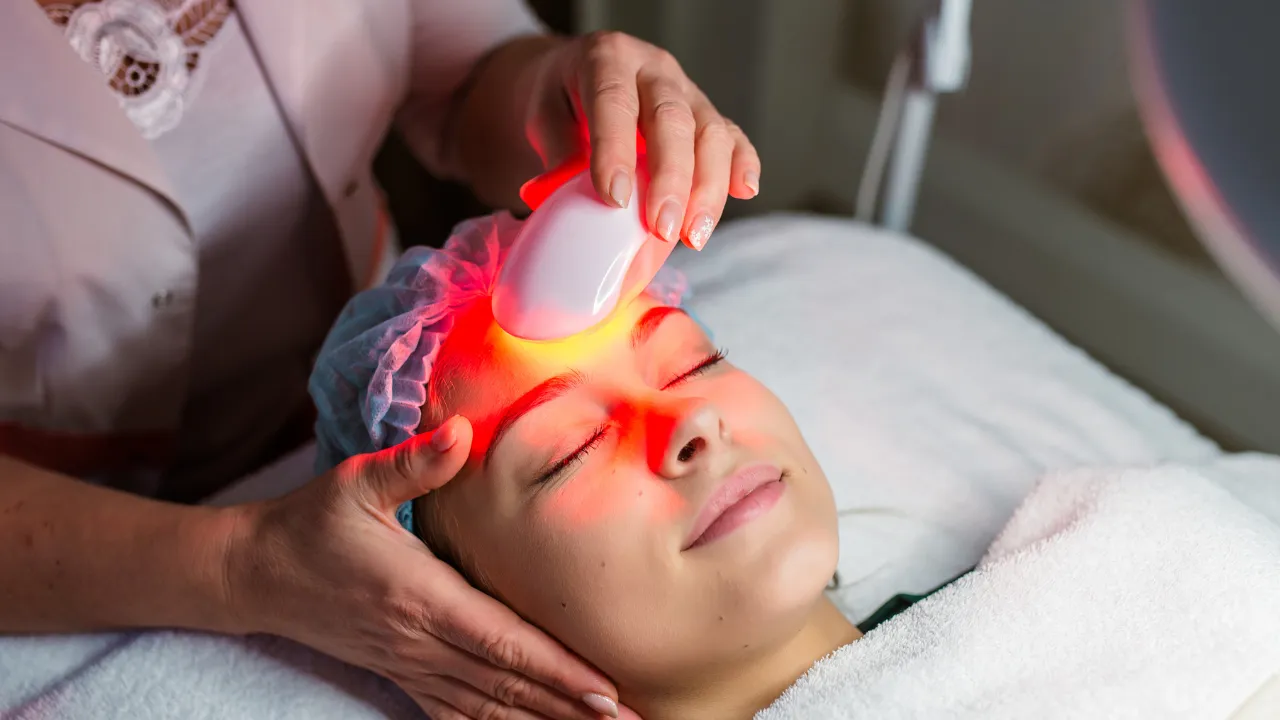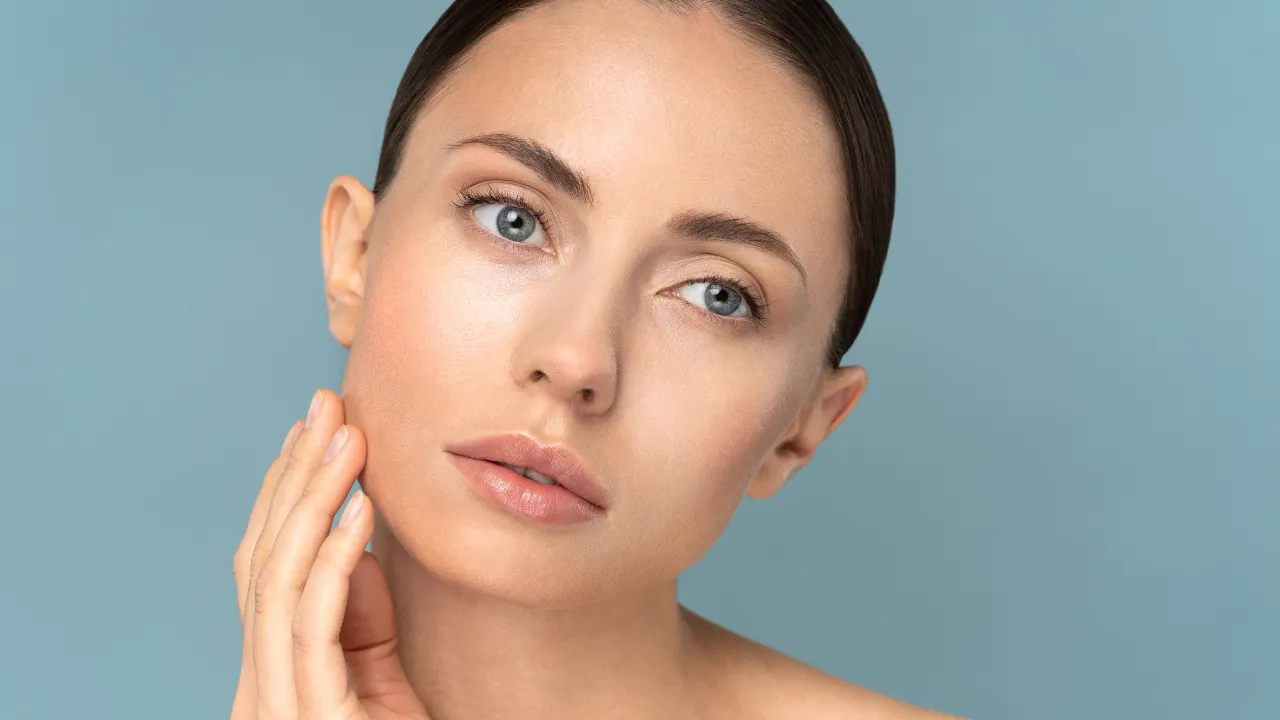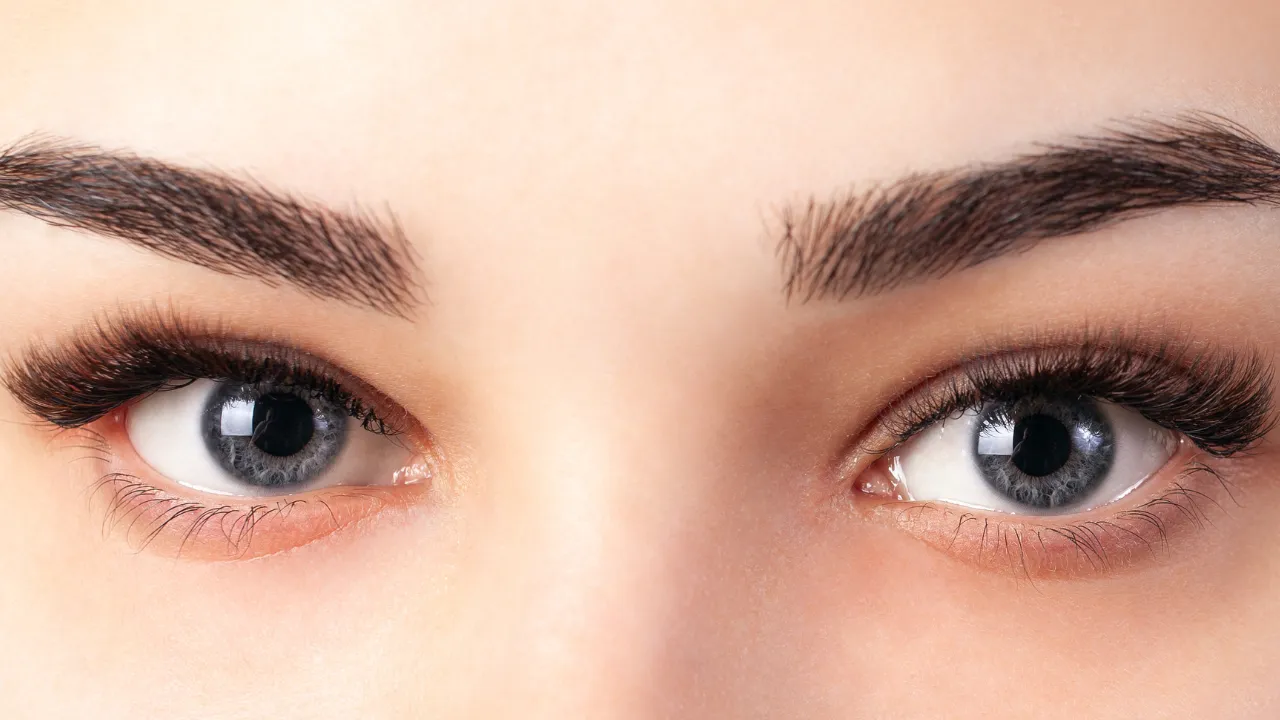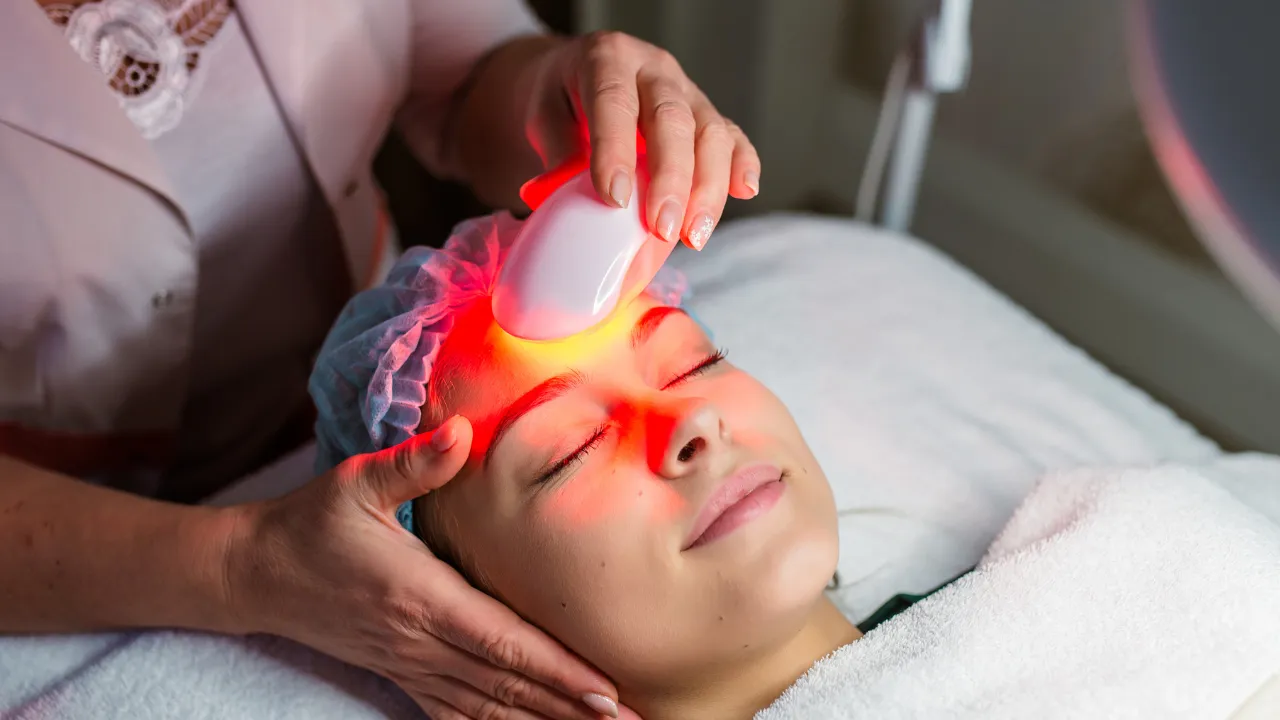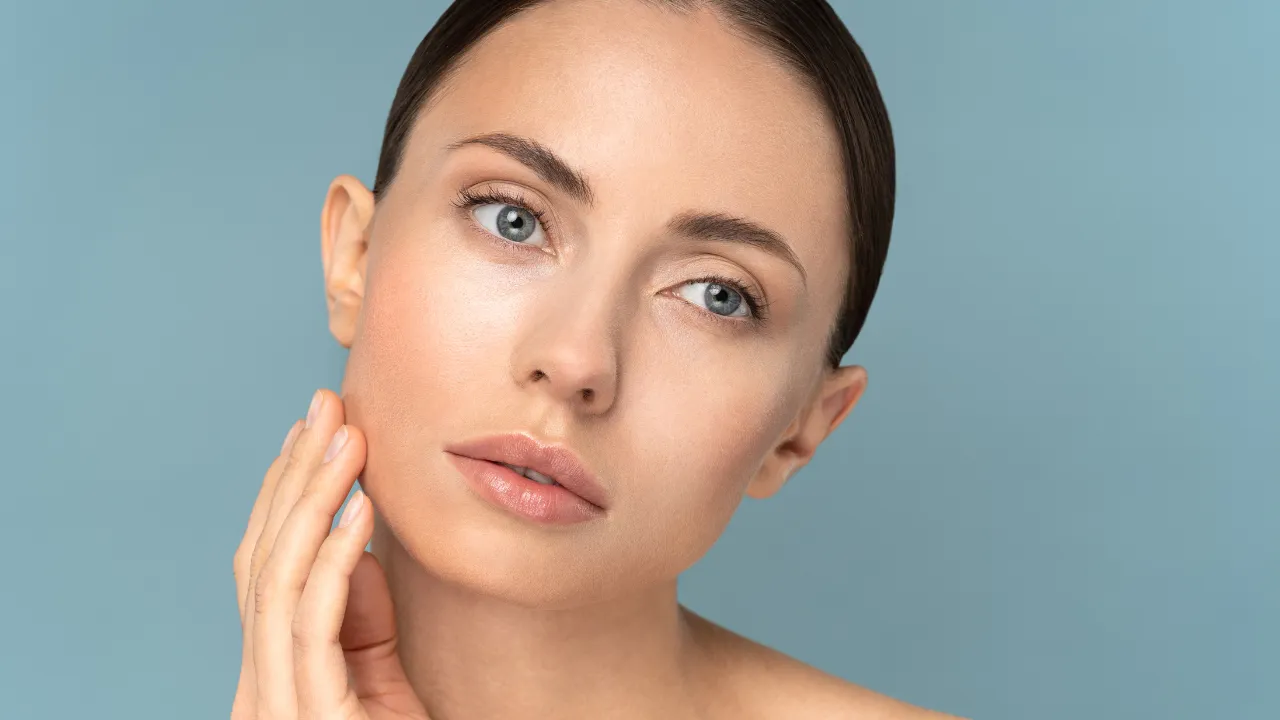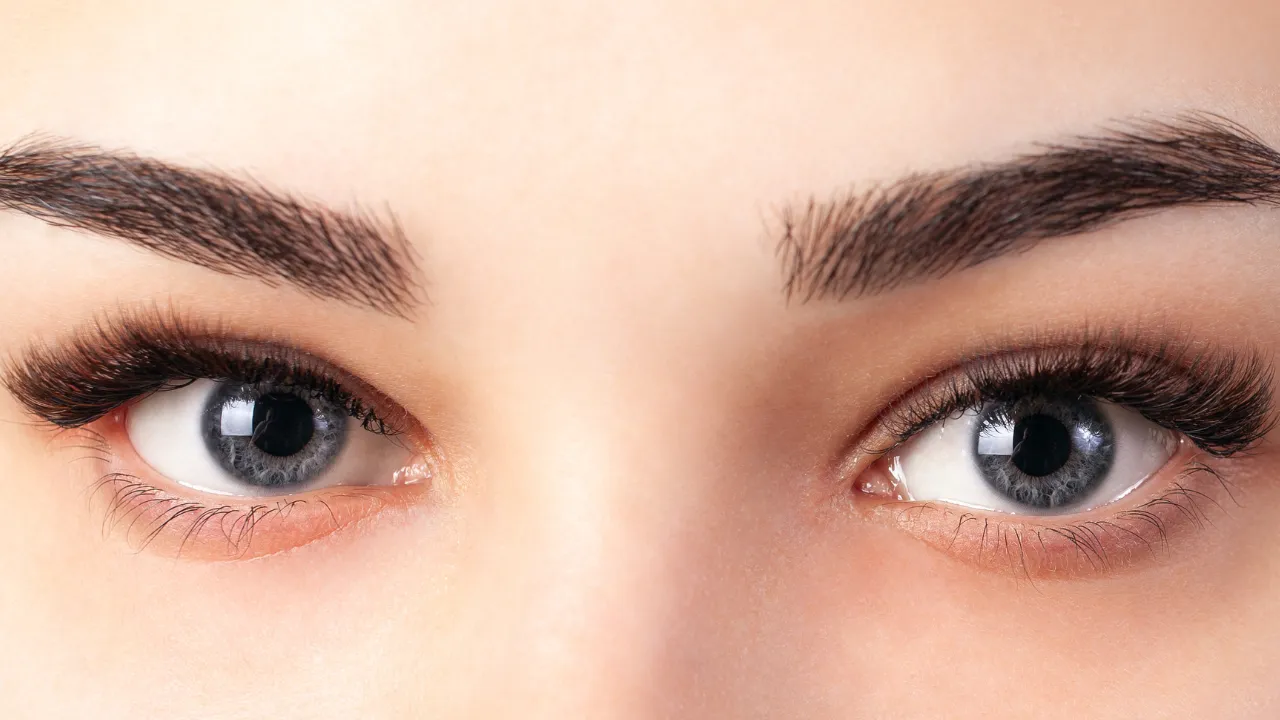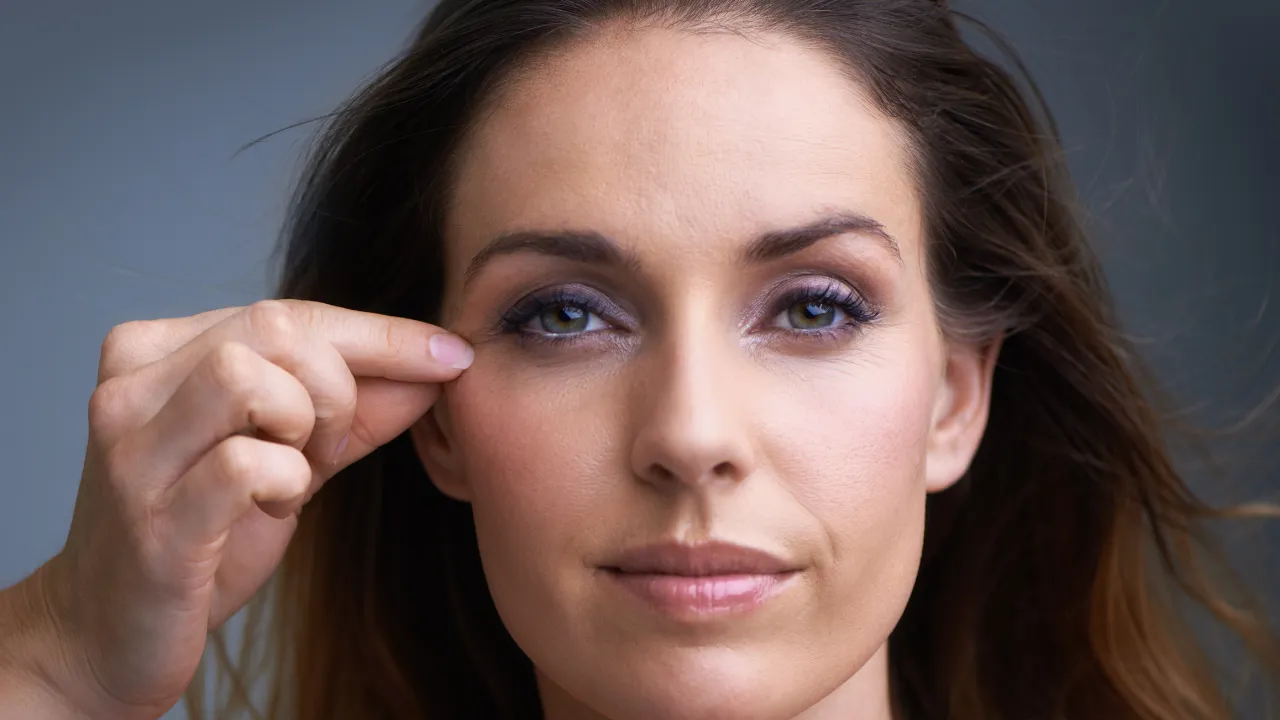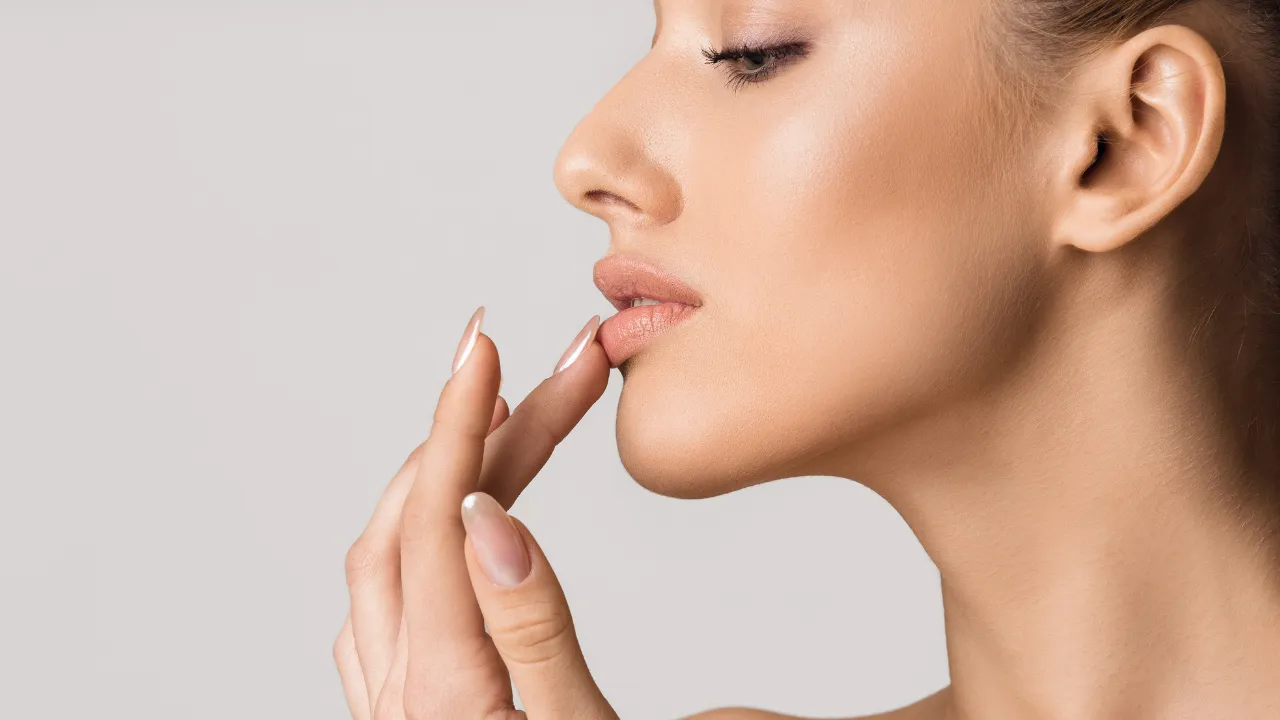At Kopelman Aesthetic Surgery in New York City, patients often ask about side effects after cosmetic treatments. One of the most common concerns is watery eyes after Botox, which can cause discomfort and raise questions about recovery.
Dr. Joel Kopelman, a leading facial plastic and oculoplastic surgeon, emphasizes that while this side effect is usually temporary, understanding its causes and solutions helps patients feel more confident in their Botox experience.
Watery eyes may occur because of changes in the facial muscles around the eyelids or tear ducts. In most cases, the issue improves on its own, but knowing when to seek help is important. This article explains why watery eyes happen, how long symptoms last, and the best steps for relief and prevention.
Key Takeaways
- Watery eyes after Botox are usually temporary and occur when muscle changes affect tear drainage or distribution.
- Most cases improve within four to six weeks, but persistent symptoms beyond two months should be evaluated by a board-certified doctor.
- Red flags such as severe eye pain, vision changes, or significant swelling require immediate medical attention.
- Simple remedies like preservative-free eye drops, the 20-20-20 rule, and compresses can ease discomfort during recovery.
- Choosing an experienced provider, ideally trained in plastic surgery or oculoplastic care, helps minimize the risk of complications.
Table of Contents
ToggleSymptom Checklist After Botox
Patients who have received Botox may notice:
- A feeling of dryness or foreign body sensation.
- Burning, itching, or irritation of the eyelids.
- Excess tearing or watery eyes.
- Sharp or stabbing eye pain.
- Temporary blurry vision.
This checklist helps patients recognize common issues and know which are part of normal healing.
Side Effects of Botox Around the Eyes
Botox is generally safe when performed by a qualified specialist, but mild issues can occur. These are among the common side effects of Botox, and they usually resolve quickly.
Watery eyes after Botox may appear when tear drainage is disrupted or eyelid movement changes slightly. Some patients report burning or itchy watery eyes after Botox, which results from mild irritation.
In certain cases, one eye watering after Botox occurs, depending on the injection placement and response. Water retention under the eyes after Botox can present as puffiness or swelling. While often temporary, persistent swelling should be checked.
Others experience symptoms of dry eye, such as irritation or blurred vision. Though opposite to watery eyes, both can result from temporary changes in tear production.
Patients should also be aware of the potential side effects, which may include irritation, swelling, or rare complications requiring medical care.
Botox-related issues can be grouped into:
- General effects: bruising, mild swelling, injection-site tenderness.
- Ocular effects: watery eyes, dry eyes, photophobia, blurred vision.
- Less common complications: eyelid drooping, muscle weakness, or corneal irritation.
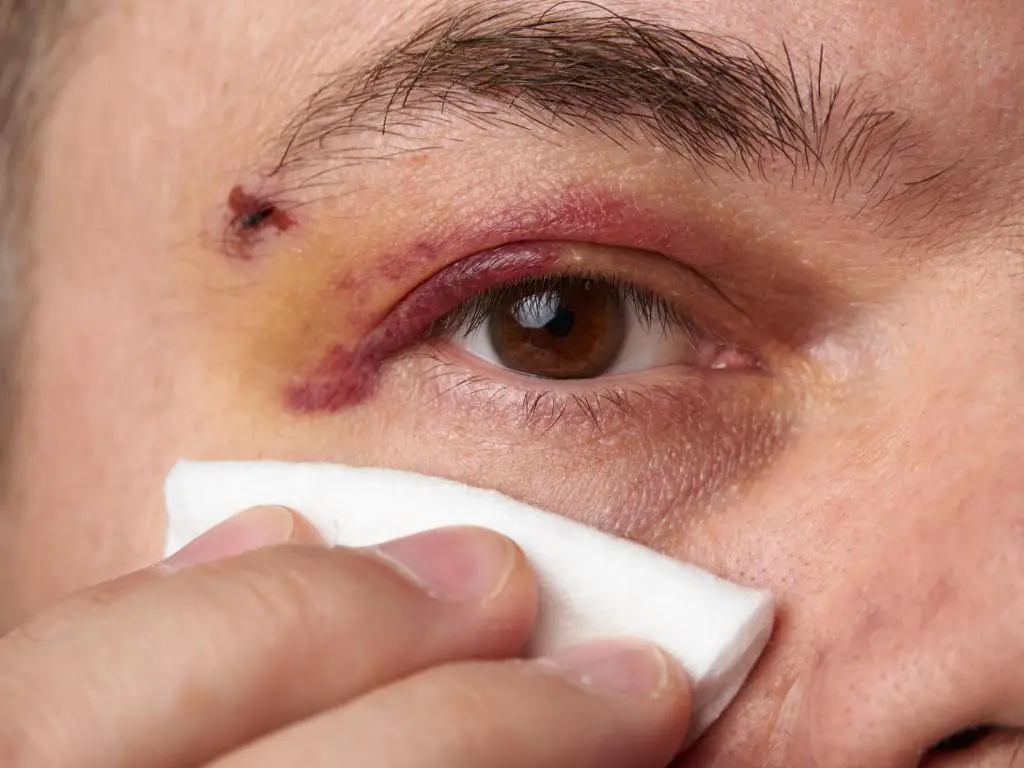
Why Do Eyes Water or Feel Dry?
A Botox treatment works by relaxing targeted muscles. When injected near the eyes, it can affect the tiny muscles that support eyelid movement.
Botox effects on eye muscles
Changes in eyelid muscle activity can prevent tears from flowing normally, leading to tearing or dryness.
Difference between watery and dry eyes
Watery eyes occur when tears do not drain correctly, while dry eyes happen when there are not enough tears or they evaporate quickly.
The orbicularis oculi muscle spreads tears with blinking. When relaxed, tear distribution decreases, causing irritation. The lacrimal gland may also be affected, altering tear production temporarily.
How Long Do Symptoms Last?
Most patients find that watery eyes improve within days to weeks.
Will dry eyes from Botox go away?
In most cases, yes. Dryness resolves within several weeks as the body adapts.
Factors that influence healing
- Injection technique and dosage.
- Individual sensitivity.
- Pre-existing eye conditions.
- How quickly the body metabolizes Botox.
Most patients improve within four to six weeks. If watery or dry eyes persist beyond two months, a doctor should check for long-term issues.
Eye Discomfort: Tiredness and Pain
Some patients say their eyes feel tired after Botox, often because muscles relax more than expected.
Occasionally, patients experience eye pain after Botox. Mild discomfort is temporary, but sharp or persistent pain should be evaluated.
What are the red flags after Botox?
- Severe or persistent eye pain.
- Double vision or sudden vision changes.
- Significant swelling or drooping eyelids.
- Ongoing watery eyes that do not improve.
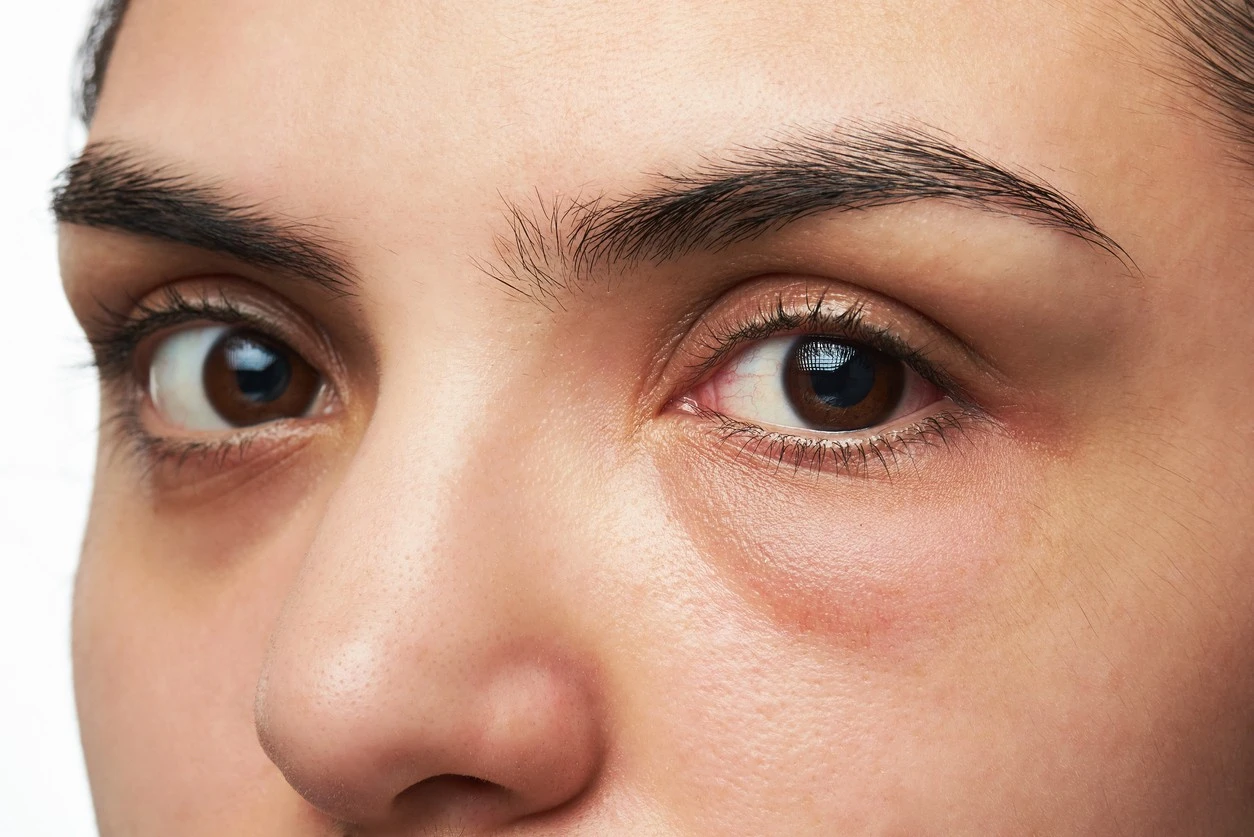
Other warning signs include crusting, light sensitivity, swelling, or worsening vision. An allergic reaction is rare but requires urgent care if symptoms like hives or breathing difficulty occur.
Treatment and Prevention
Managing watery or dry eyes is usually straightforward. Patients can try remedies at home, and in rare cases, medical care may be required.
Symptom-based care examples include:
- Dry eyes: preservative-free artificial tears during the day, gel or ointment at night.
- Eyelid drooping: apraclonidine drops may be prescribed temporarily.
- Light sensitivity: sunglasses and limiting screen time.
How to treat dry eye after Botox
Artificial tears or lubricating drops can reduce irritation. Preservative-free drops are recommended for frequent use.
At-home care and soothing remedies
- Use a clean, cool compress.
- Avoid rubbing the eyes.
- Protect from wind or dry environments.
Patients may also benefit from the 20-20-20 rule, which means taking a break from screens every 20 minutes to look at something 20 feet away for 20 seconds. Applying a warm compress can improve tear quality, and staying hydrated supports eye comfort.
When to seek medical treatment
If symptoms persist longer than two weeks or if red flags appear, an eye specialist should evaluate the situation.
Choosing an experienced provider
Side effects are less common when injections are performed by a skilled physician. Dr. Kopelman’s expertise as a board-certified doctor ensures safe treatment.
When considering treatment near the eyes, consulting a surgeon trained in plastic surgery or oculoplastic care is ideal. These specialists can handle delicate eyelid structures and help minimize the risk of complications.
Contraindications to Keep in Mind
Botox is not recommended for certain patients. Contraindications include allergy to botulinum toxin, pregnancy or breastfeeding, active infection at the injection site, and neuromuscular disorders.
Follow-up and Monitoring
Mild watery or dry eyes often improve within a week or two. If symptoms last longer than two weeks despite home care, schedule a follow-up visit. Persistent or worsening symptoms should always be evaluated promptly.
Patients at Kopelman Aesthetic Surgery can expect care that prioritizes safety and natural results. While side effects like watery or dry eyes may occur, they are usually temporary and manageable. With guidance from Dr. Joel Kopelman, patients can feel reassured that their concerns are addressed with precision and care.
If you are experiencing watery eyes after Botox or have questions about treatment options, we invite you to schedule a consultation with Kopelman Aesthetic Surgery. Our team is dedicated to providing expert care and helping you achieve safe, natural results.

